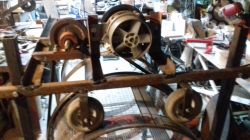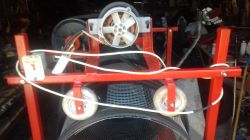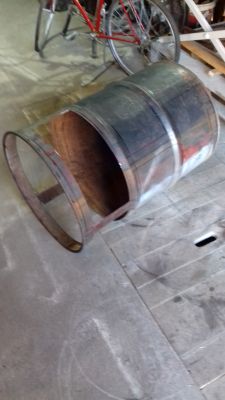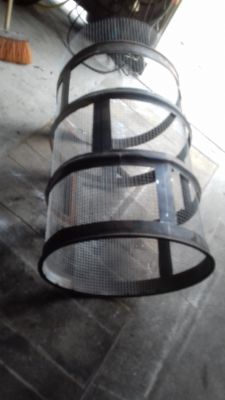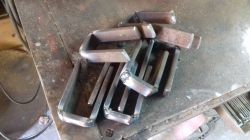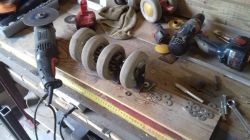Hello.
Due to backyard earthworks and a large amount of stone in the ground, there was a need to build a screen. YouTube videos were the inspiration.
The frame is made of angle bar 40. The proper screen is made of welded mesh (1x2m) with 12x12mm mesh made of 1mm wire. The net has been attached to the bicycle rims (62cm inside). The shaft is a 3/4 inch pipe mounted on 2 bearings, '' spokes '' made of 6mm wire. Engine from an old concrete mixer with a capacity of about 500W 1420rpm.
The screen turns at a speed of about 50 rev / min. At faster revolutions, the centripetal force is too high and the earth sticks to the grid.
The whole may not look great but meets 100% design assumptions. The cost of construction due to the possession of some elements did not exceed PLN 200.
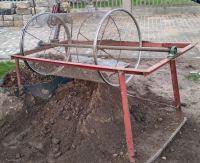
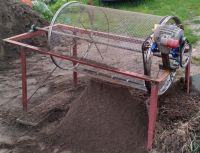
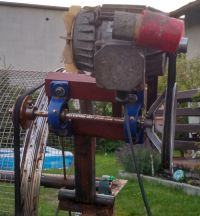
[Film: edef84e81e] https://filmy.elektroda.pl/32_1500840876.mp4 [/ film: edef84e81e]
Due to backyard earthworks and a large amount of stone in the ground, there was a need to build a screen. YouTube videos were the inspiration.
The frame is made of angle bar 40. The proper screen is made of welded mesh (1x2m) with 12x12mm mesh made of 1mm wire. The net has been attached to the bicycle rims (62cm inside). The shaft is a 3/4 inch pipe mounted on 2 bearings, '' spokes '' made of 6mm wire. Engine from an old concrete mixer with a capacity of about 500W 1420rpm.
The screen turns at a speed of about 50 rev / min. At faster revolutions, the centripetal force is too high and the earth sticks to the grid.
The whole may not look great but meets 100% design assumptions. The cost of construction due to the possession of some elements did not exceed PLN 200.



[Film: edef84e81e] https://filmy.elektroda.pl/32_1500840876.mp4 [/ film: edef84e81e]
Cool? Ranking DIY




